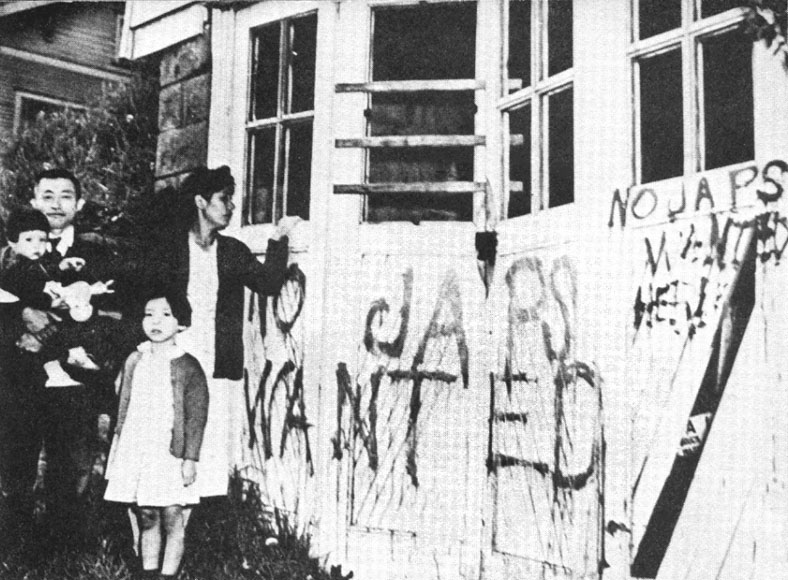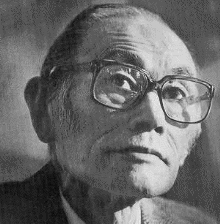Overview
After the bombing of Pearl Harbor, Americans began to feel suspicious toward Japanese and their royalty toward their ancestral land.

Japanese vandalism
Executive Order 9066
Two months after the bombing of Pearl Harbor, President Franklin Roosevelt signed the Executive Order 9066 that order all the Japanese-American to evacuate to the West Coast. This caused 120,000 people to evacuate to internment camps in the West Coast. The evacuation started from 8 A.M. to 5 P.M. on May 4 or 5, 1942. Each evacuees can only carry one suitcase of bedding and eating utilities for their family. Many carried food, pictures, and books.

Executive Order 9066
Korematsu v. United States
In 1944, a Japanese-American named Fred Korematsu refused to leave his home. He was convicted and appealed. A majority of 6-3 upheld Korematsu’s conviction. Writing for the majority, Justice Hugo Black held that evacuation of Japanese-American to the West Coast was constitutional and concerning the safety to the nation.

Fred Korematsu
In the same year, the U.S. government created questions that question the Japanese-Americans’ royalty to their ancestral land. Those who passed it were allowed to be released from the camps.
After Interment
By the end of 1945, nine of the ten internment camps closed. The last camp closed at 1946.
In 1988, President Ronald Reagan signed the Civil Liberties Act of 1988, an act that acknowledge and apologize for the injustice of the Japanese Internment. The act provided financial support of $20,000 for each internees, a total of $1.2 billion. In 1990, President George Bush wrote an apology letter.

